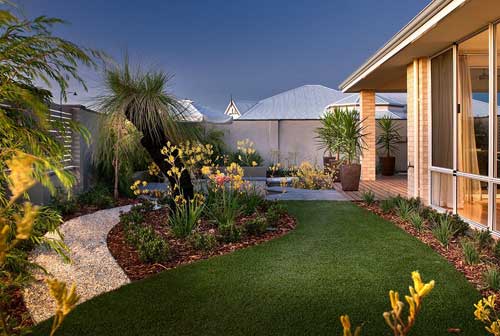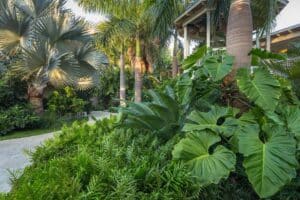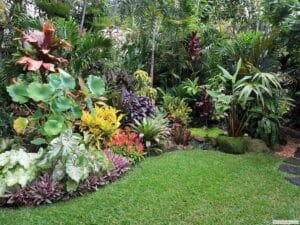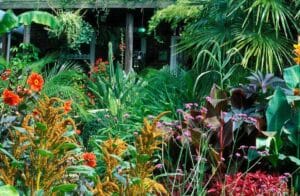Landscaping and garden maintenance tend to use a wide range of chemicals right from fertilisers to pesticides, and herbicides. While you cannot do away with these chemicals completely, you can replace them with appropriate alternatives that do not pollute the environment and offer natural solutions to the problems, thereby enhancing sustainable landscaping. With proper substitutes, you can not only achieve your goals but also do it in a sustainable, economic manner.
Fertilisers
There are two ways you can reduce the use of chemical fertilisers. You can cut down on the need for fertilisers or look at useful alternatives to them.
Reducing the need for fertilisers
In your efforts to achieve sustainable landscaping, you can choose plants that require less nourishment and that will automatically reduce your fertiliser requirements. You choice of soil can also help reduce the need to supply nutrients – avoid using sandy soil or soils that are very porous.
Although the lawn site dictates the kind of soil, you can play around with soil and plant combinations to reduce the need for fertilisers.
Looking at alternatives
Many organic fertilisers can be used as effectively as chemical ones. In fact, even in commercial farming the use of organic fertilisers has been increasing globally. You can also look at creating nourishment by reusing the plant wastes from the lawn itself.
Fallen leaves, grass clippings, can be converted into mulch and recycled back into the lawn. The advantage of using mulching is that you do not have to bother about disposing the waste and at the same time provide nourishment to the plants which again enhances sustainable landscaping.
Mulch also helps protect the plant and ensure that moisture from the soil is not lost.
Pesticides
Chemical pesticides are very effective in protecting the plants from harmful pests, but at the same time, these tend to seep into the soil and damage the environment too. It is better to look for sustainable alternatives to such hazardous chemicals.
Choosing pest resistant varieties of plants is a good first step in sustainable landscaping. By creating healthy lawn environment, you can reduce the incidence of pest attacks and reduce the need to use such chemicals.
To get rid of larger ticks you can rely on water jets rather than chemicals – they are equally effective and do not cause any damage. You can also look to introduce other insects that would feed on the pests thereby keeping the population in check.
Herbicides
Lawns are damaged by insects, pests and weeds. Weeds compete with other plants for nourishment and water and hog most of the nutrients.
Chemical herbicides can selectively kill or control the unwanted weeds, but like chemical pesticides they too are hazardous to soil and environment which is not good for sustainable landscaping.
Using a dense tree cover or thick grass cover, helps cut out the space and sunlight for weeds to grow. Mulching is another technique to cut out light and air supply needed for seeds to sprout and grow.
Of course, like any other chemical, there are organic versions of herbicides available that are effective and biodegradable. Try to use these instead of the chemical herbicides for your sustainable landscaping efforts. Lastly, pulling out weeds before they blossom is also a great way to control their growth.





